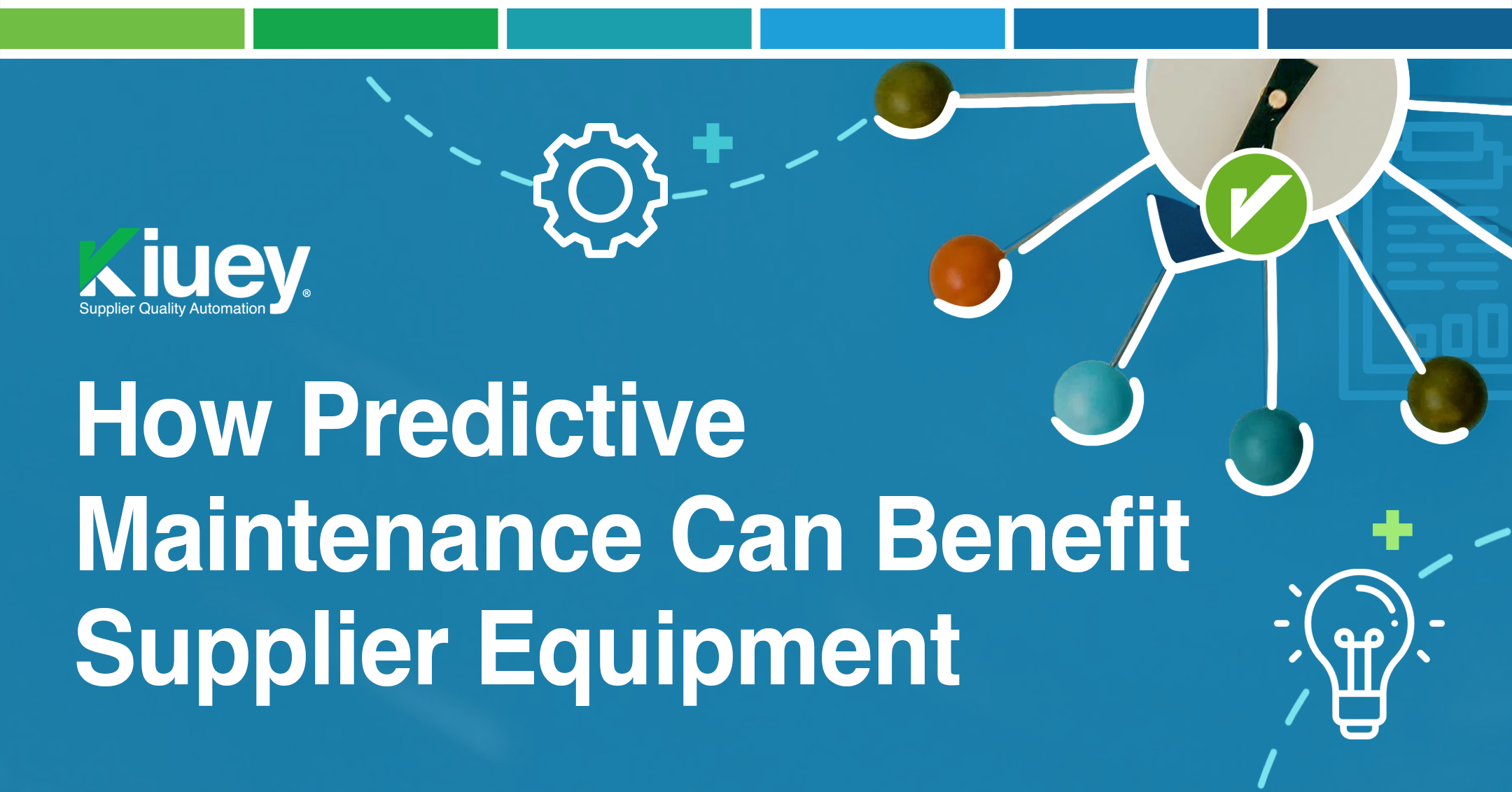
What is Contract Lifecycle Management (CLM) and its impact on quality lifecycle management
What is Contract Lifecycle Management (CLM) and its impact on quality lifecycle management Contract Lifecycle Management (CLM) is a structured approach to managing contracts from[…]

Prolonging Equipment Lifespan and Optimizing through Predictive Maintenance
How Predictive Maintenance Can Benefit Supplier Equipment. Supplier Quality Engineers (SQEs) and Predictive Maintenance (PdM) are closely intertwined, making it essential for SQEs to have[...]

ABC to approach Enterprise Risk Management on manufacturing with ease
In today’s complex business environment, organizations face a myriad of potential risks, including cyberattacks, data breaches, system failures, and natural disasters. Effective risk management is[…]

Securing the Chain: Why Cybersecurity Matters in Modern Manufacturing
As a supplier quality engineer, you’re the guardian of quality throughout the manufacturing supply chain. You ensure parts meet specifications, processes are efficient, and ultimately,[…]

101 on RCA tools and techniques
In the fast-paced world of manufacturing, critical quality and efficiency are essential for success. However, unexpected issues and production roadblocks can disrupt operations and impact[…]

Understanding Deviations (Issues) in Manufacturing: The Second Class of Non-Conformances
In the relentless pursuit of quality, manufacturing thrives on consistency and adherence to specifications. However, even the most well-oiled production line can encounter hiccups. This[…]

In-depth on CFR 11
The U.S. Food and Drug Administration (FDA) plays a vital role in protecting public health by regulating medical devices. Part 11 of Title 21 of[…]

Facing regulatory compliances in electronic manufacturing with Kiuey
The supply chain in electronic manufacturing faces numerous challenges, with regulatory compliance emerging as a major source of risk for Original Equipment Manufacturers (OEMs). This[...]

How to comply with ISO 13485 with the aid of Kiuey
Think of ISO 13485 as the golden ticket to medical device manufacturing. It's the internationally recognized standard for quality management systems, ensuring the safety and[...]
Subscribe to our newsletter.
Your go-to destination for insights, best practices, and innovative solutions in supplier quality assurance.
Recent Posts
PPAP strategies for effective supplier collaboration with Kiuey
December 9, 2025
How supplier quality audits drive zero defect manufacturing
December 4, 2025
Creating an effective supplier audit checklist for better compliance
November 27, 2025
Categories
Let's talk to see how PPAP Manager can help your company to save time and money.




